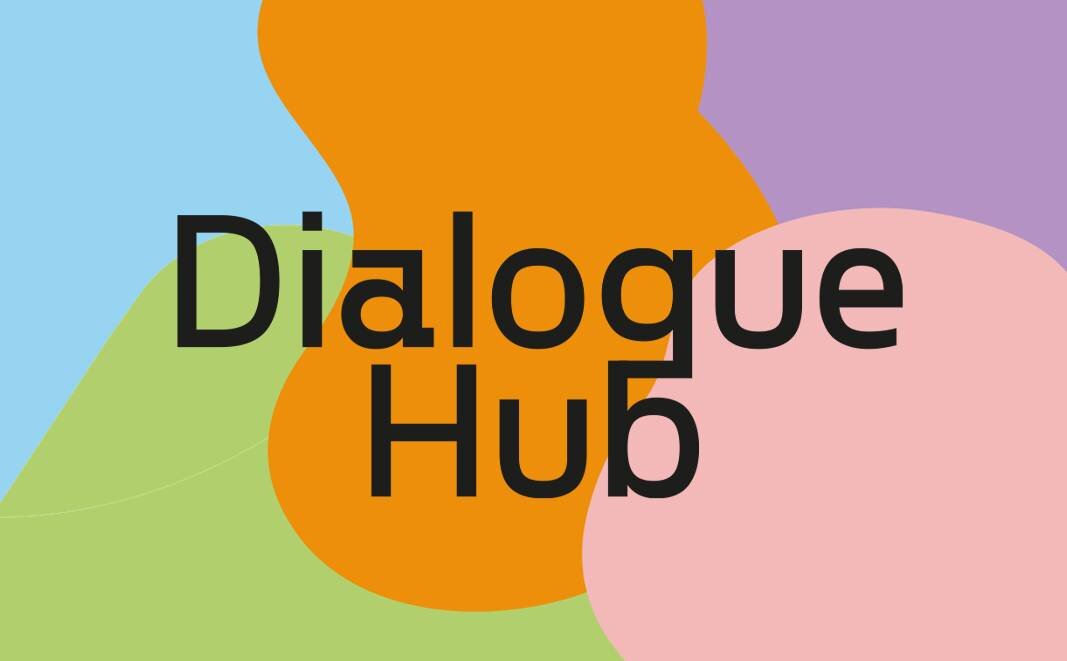
Glossary
Inclusive language is important in fostering a community of respect for everyone. Using people’s preferred terms helps others feel seen and heard. It can also be confusing and sometimes feels like it’s changing quickly and hard to keep up. Below, you’ll find some guidelines and current terminology for inclusive language.
General guidelines:
If you’re not sure, use people-first language. This means saying “person with epilepsy” instead of “an epileptic” or “people who are blind” instead of “the blind.” It’s not always bad to use terms as adjectives (“queer community” or “visually impaired person”) but if you’re unsure, go with people-first.
Even better: ask! Individuals don’t always agree on how they’d like to be referred to, even within specific groups and communities. Not everyone will agree on the identifier they’d like to be used, and that’s okay!
Avoid negative language like “suffers from.” It’s better to say “living with.”
It’s okay to use everyday language. You can say “It was nice to see you” to someone who is blind or visually-impaired.
It’s okay to be wrong; we are all learning. If you or someone around you makes a mistake, be kind in correcting. Getting hostile or frustrated about it can further alienate us from each other. The goal is respect, community, and inclusion!
DON’T USE
the blind
afflicted by, suffers from
cripple, invalid
able-bodied
mental patient, insane, mad
deaf and dumb; deaf-mute
an epileptic, diabetic, depressive, etc
INSTEAD USE
person with visual impairment; blind people
has (name of condition)
disabled person
non-disabled
person with a mental health condition
deaf, person with a hearing impairment
person with epilepsy, diabetes, depression, etc
Further Resources: If you’re curious about current terminology for all members of society, check out some of these great links from the UK Government and the NHS:
Inclusive Communication Practices
Inclusive language including gender, sexuality, age, and race/ethnicity/religion
